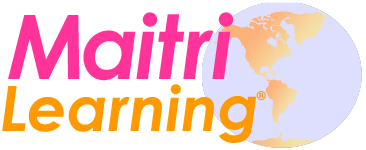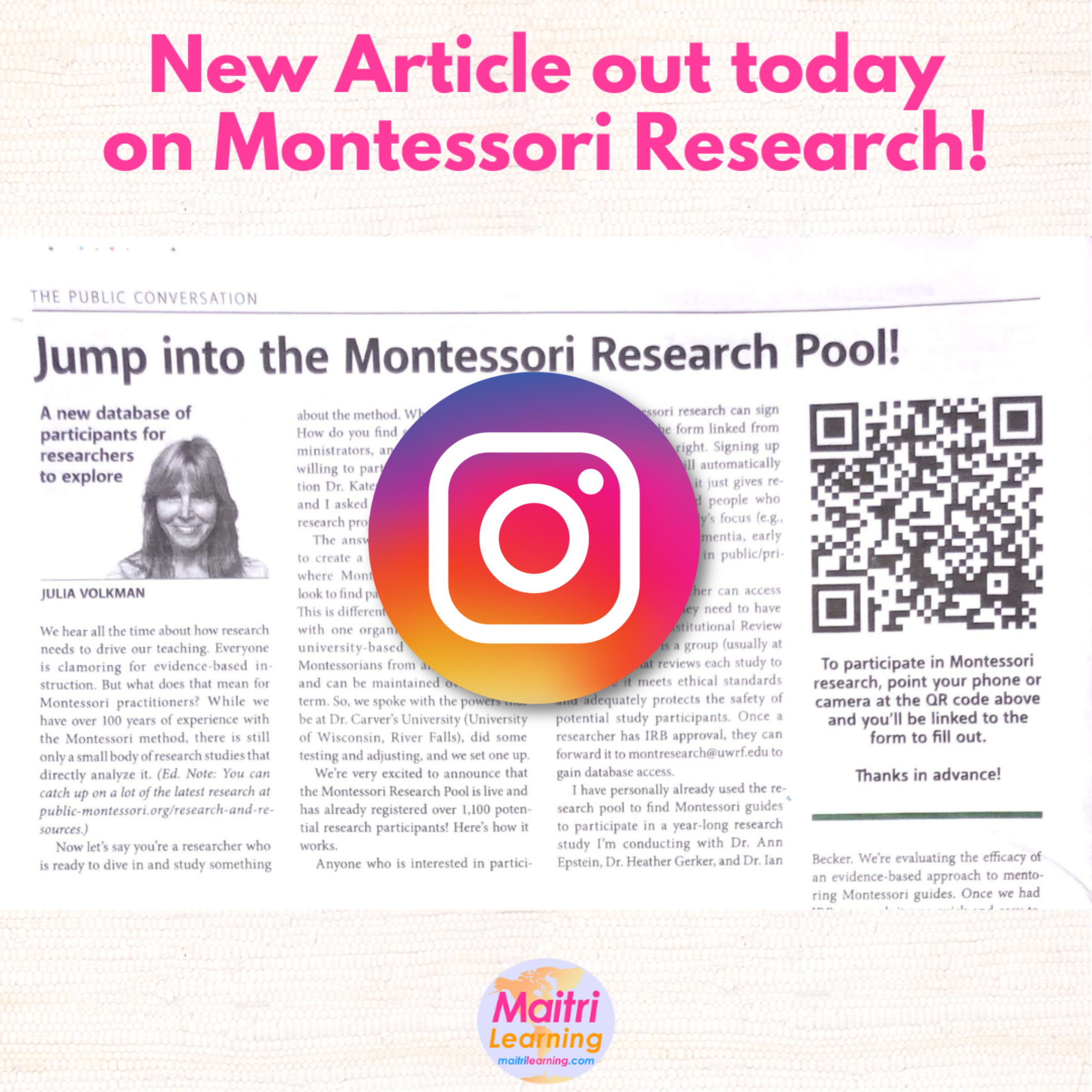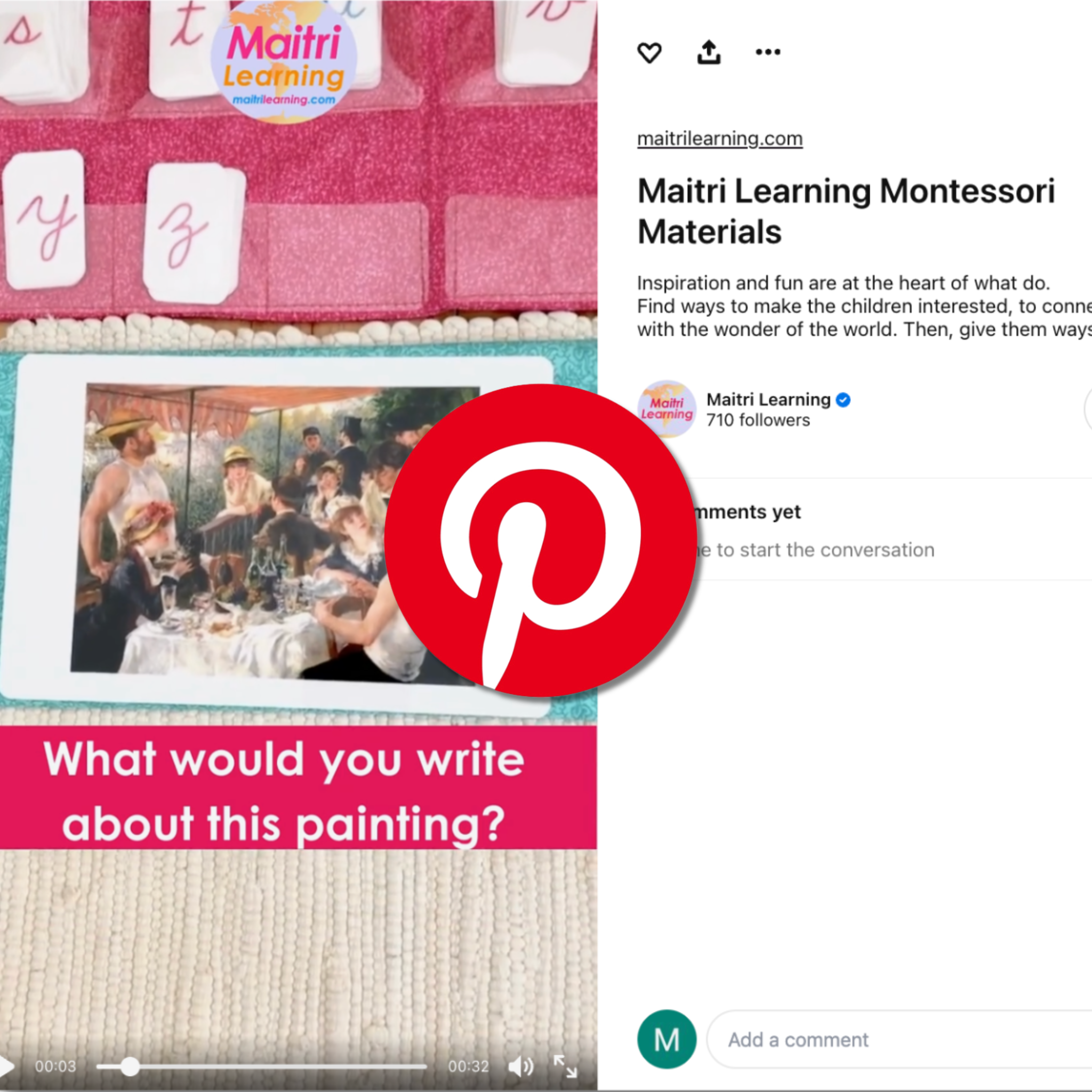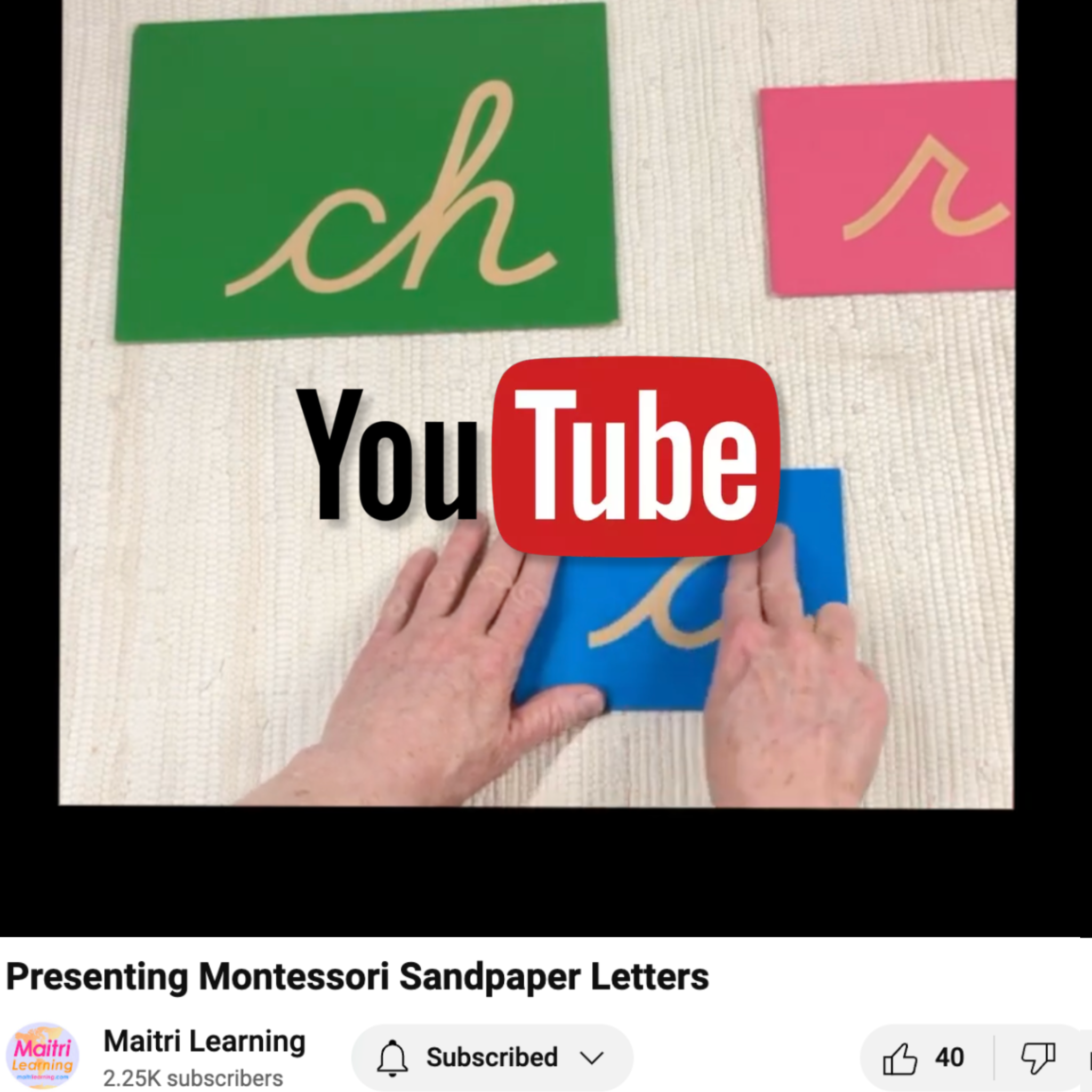Lesson Plans
Each of our product listings includes a link to a lesson plan on how to use that particular material. If you would like to go deeper and see how the whole curriculum fits together, you may wish to read our Albums for Teacher Education.
Click below to read more about each of the main areas of the prepared early childhood environment (scope & sequence).
- Practical Life
- Sensorial
- Language
- Math
- Cultural (coming soon)
Video Lesson Plans
You can watch all of our video lesson plans on our YouTube channel. Or, click the topic below to jump straight to the videos you need.
- 3-period lesson
- Developing letter-sound knowledge with the sandpaper letters
- 3-part classified cards
- Definition books
- Definition cards
- Fine Art cards
- Geography cards
- Grammar/Function of words
- Matching cards
- Math equation cards
- Movable alphabets
- Parts of 3-part cards
- Practical Life (including using aprons and mats)
- Phonetic reading cards
- Phonogram materials
- Vocabulary cards
- Word study
Written Lesson Plans
Here is easy access to the lesson plans that we link and include with each product. You can also link to these directly from any product's page on our website.
- Vocabulary cards
- Matching cards
- Fine Art Display Cards
- Geography Folders
- Movable Alphabets
- Traditional Movable Alphabet Lesson Plan
- Phonogram Alphabet Lesson Plan
- Solid Color Alphabet (Red, Black, or Blue) Lesson Plan
- Phonetic reading cards
- Puzzle words
- Phonetic word cards
- Phonetic activity cards (charades)
- 3-part cards
- Phonogram Spelling Folders
- Phonogram Dictionary
- Zoology cards
- "Parts of" cards
- Definition Books
- Grammar
- Word Study
- Build-a-Book
Giving Lessons
Read our blog post on How to give a Montessori Lesson.
Key points: Be sure to practice your presentation alone or with a friend many times before presenting any materials to a child... you want your presentation to be flawless, precise, consistent/repeatable, and completely free from distractions so that the child can focus on, connect with, and learn from the materials. Each lesson is like a choreographed dance that you memorize the movements for. Your performance of the movements must be precise but your interactions with an individual child will of course vary somewhat as you adapt to meet the needs of the moment. This flexibility amidst precision is the true art of guiding children.
You can learn more about the overall structure of a Montessori school from AMI USA. All of these guidelines were developed to respect the natural tendencies of human beings (Mario Montessori's Human Tendencies).





